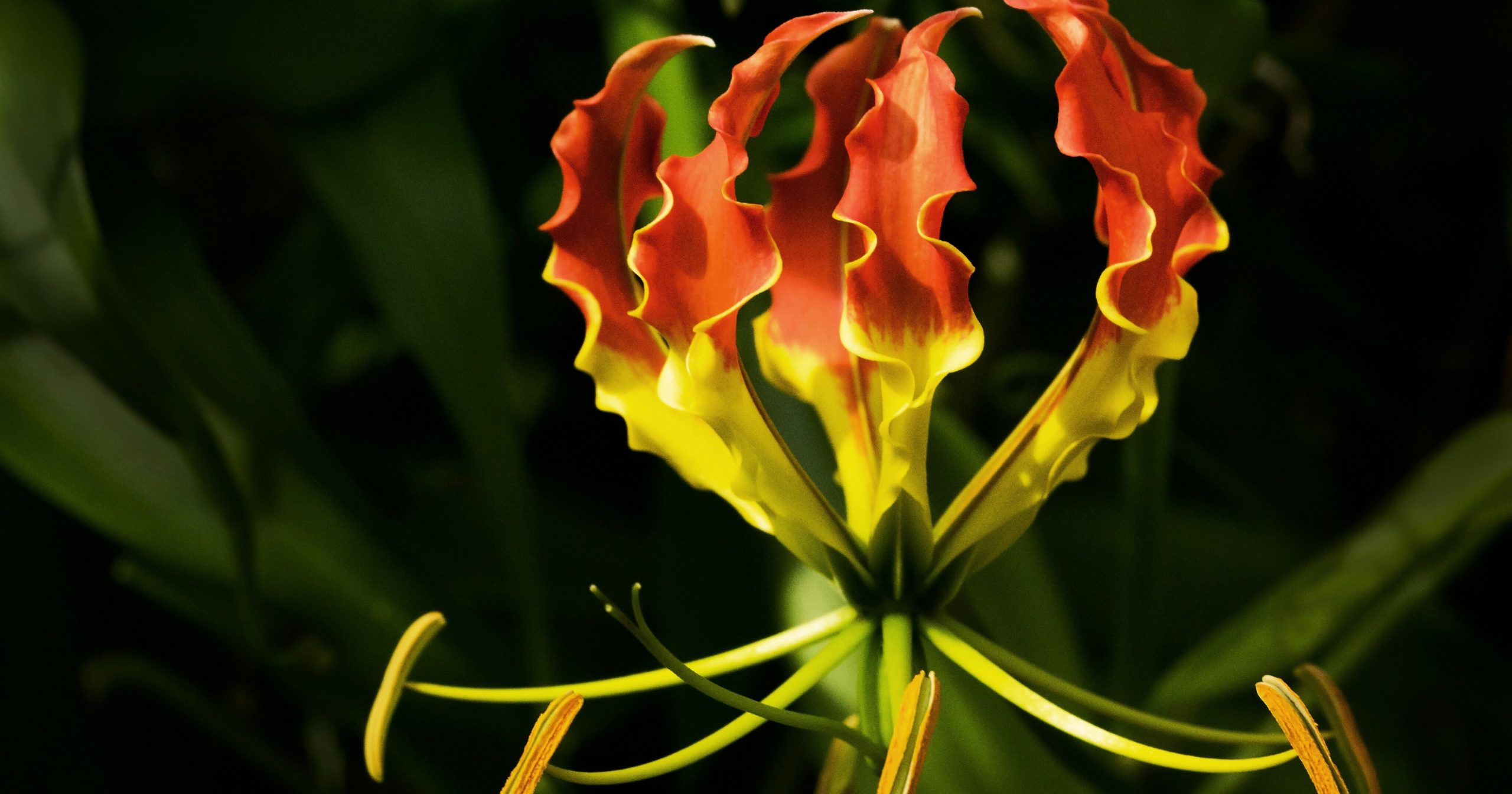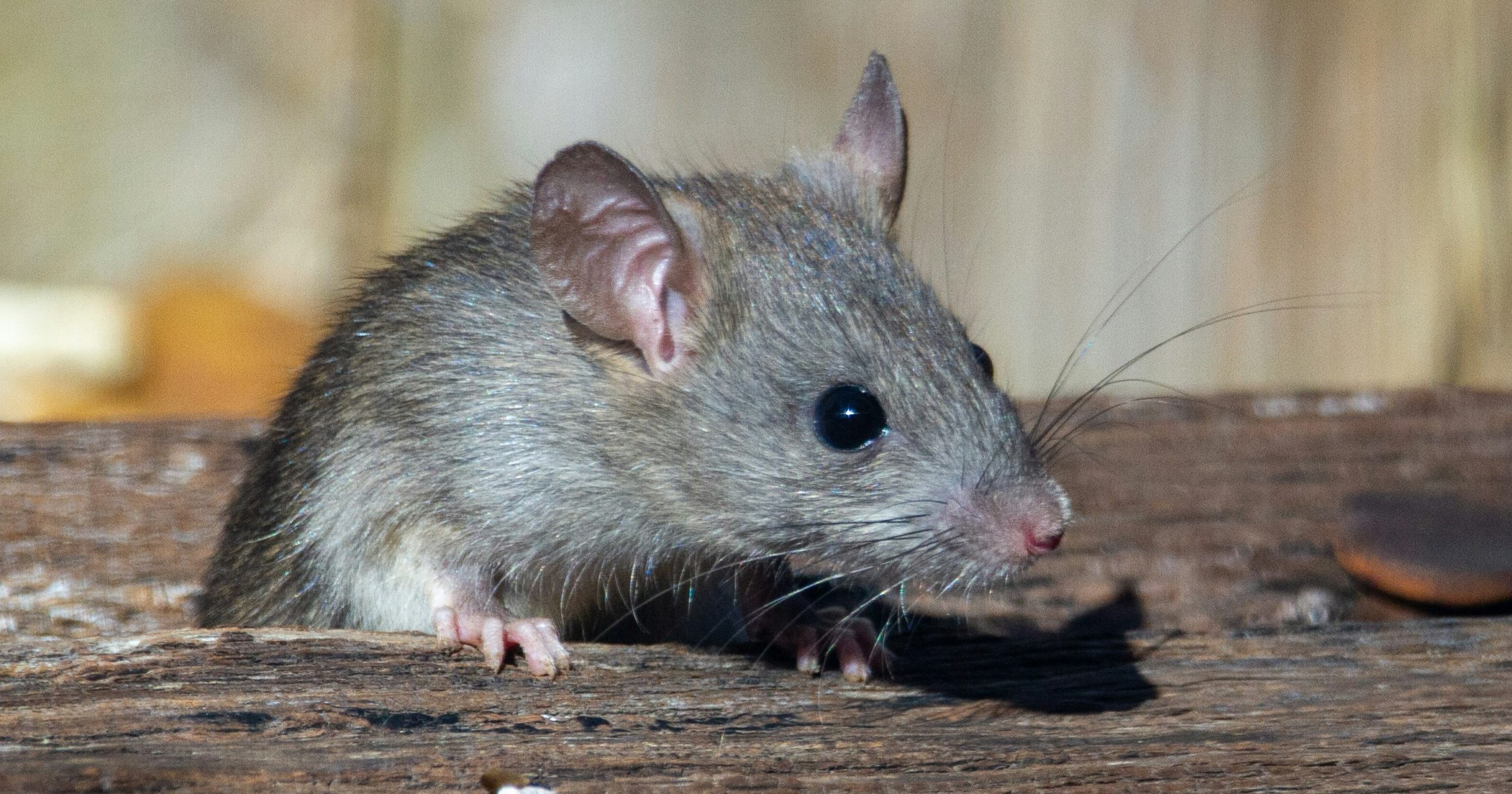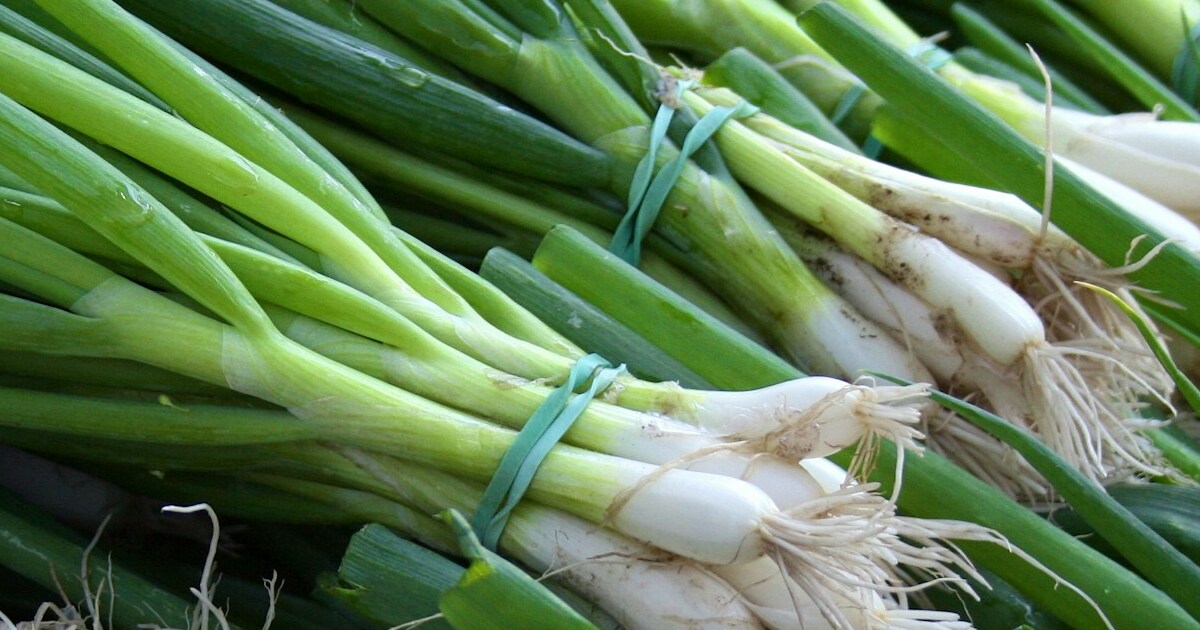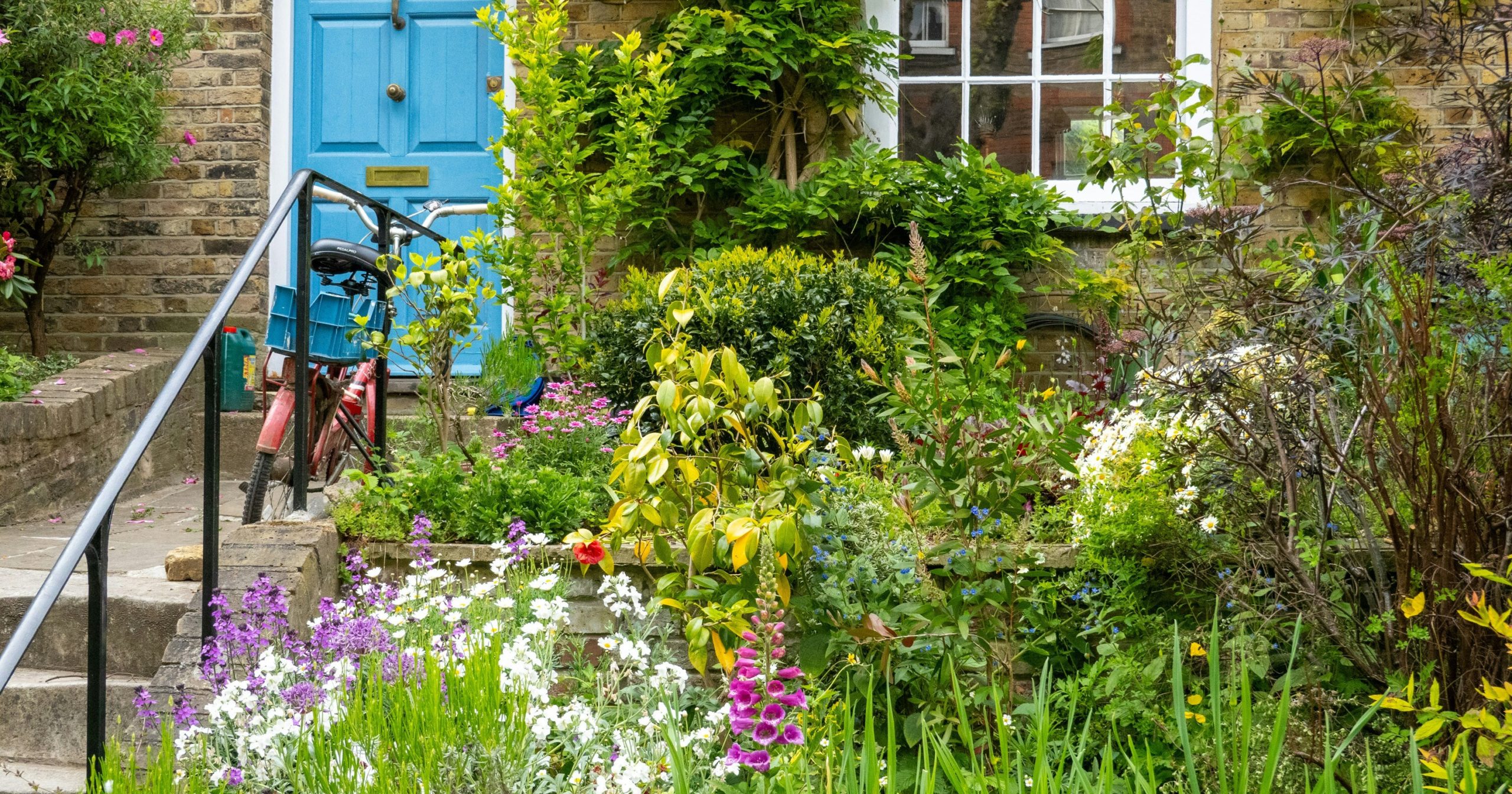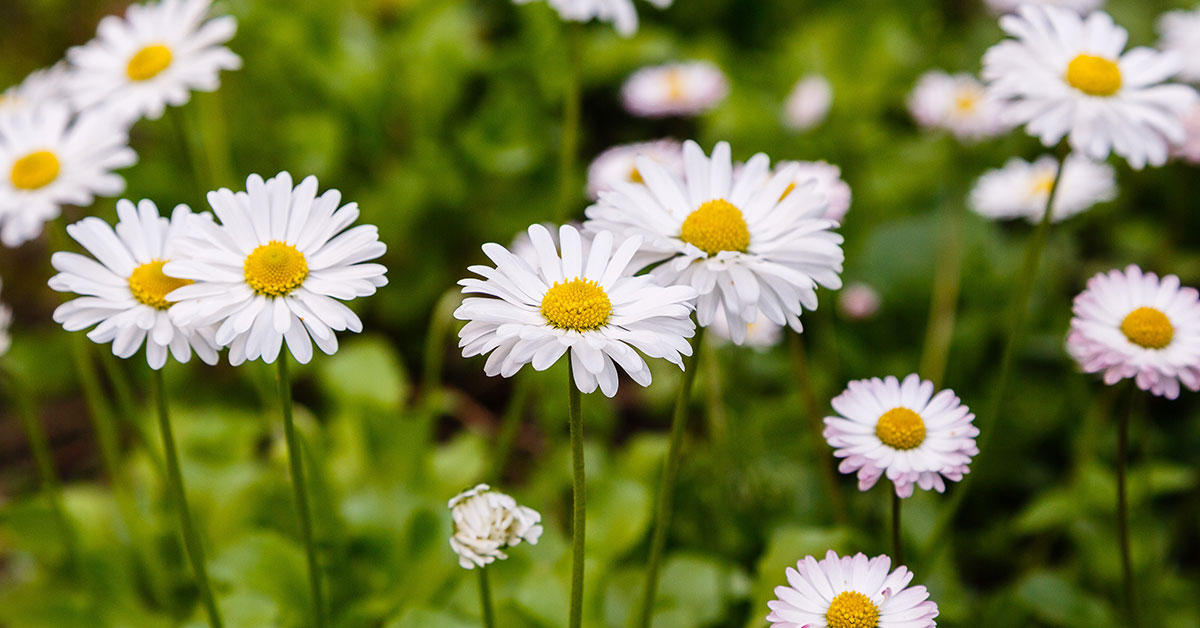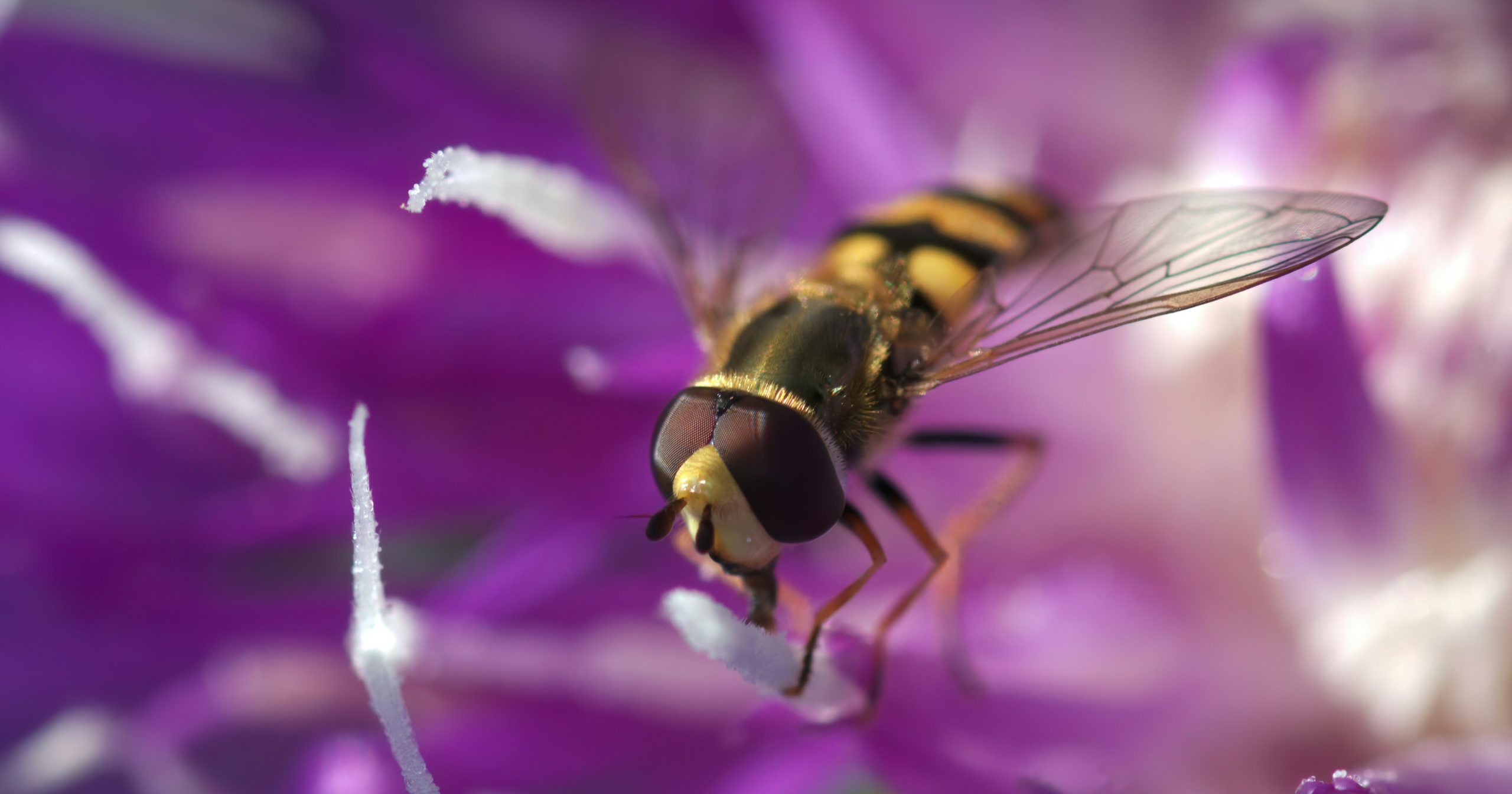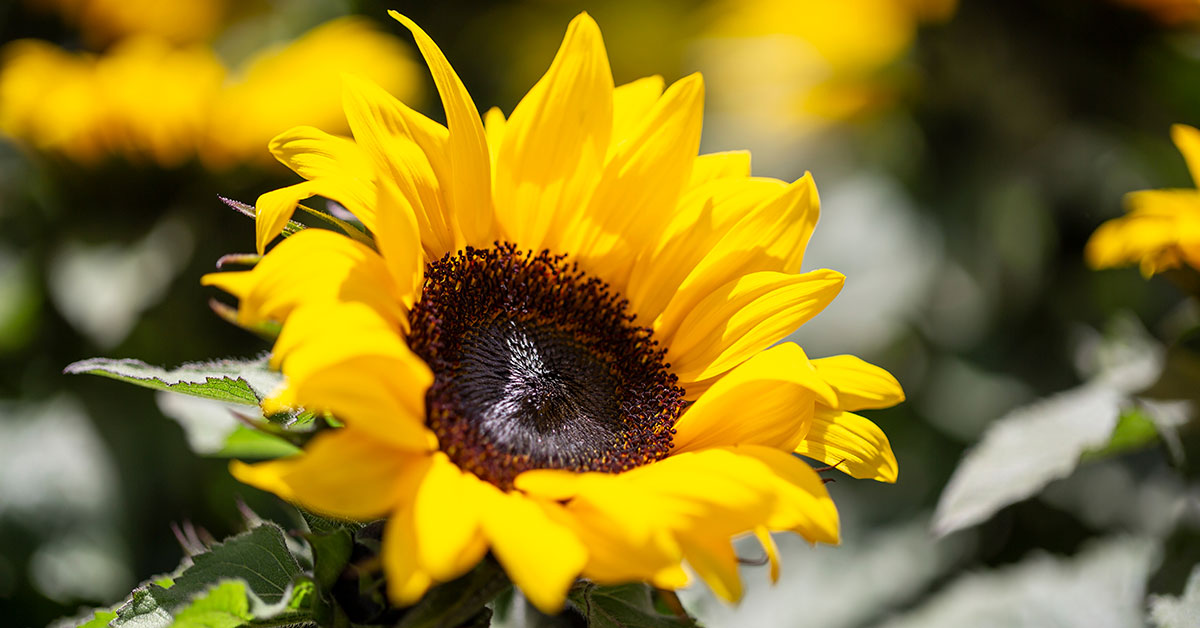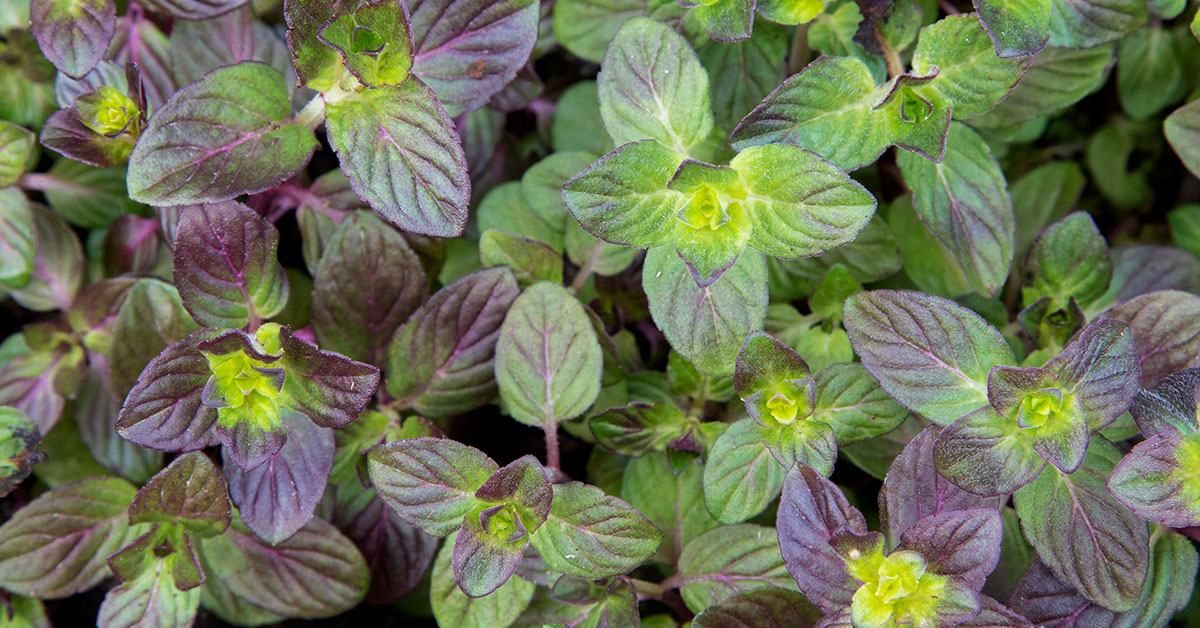Overwatering is one of the most common mistakes gardeners make, often leading to root rot and other issues that can harm or even kill plants. Fortunately, many beautiful and hardy plants actually thrive in dry soil, requiring minimal watering once established. These drought-tolerant plants are perfect for gardeners looking to save water and reduce maintenance.
In this article, I’ll introduce you to twelve fantastic plants that prefer dry soil. These selections are not only easy to care for but also bring a variety of colors, textures, and forms to your garden. Let’s explore these resilient plants and how they can enhance your garden while cutting down on your watering routine!
Lavender
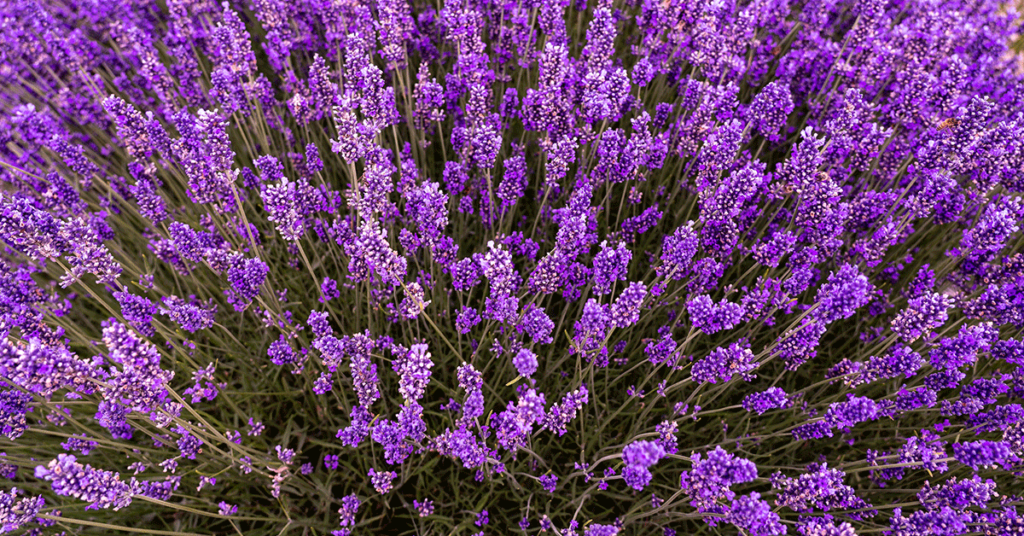
Lavender is a well-loved perennial known for its fragrant purple flowers and silvery-green foliage. This Mediterranean plant thrives in dry, well-drained soil and full sun. It’s perfect for adding a touch of elegance and a delightful scent to any garden. Once established, lavender is highly drought-tolerant and requires minimal watering.
I love using lavender in my garden for its beauty and low-maintenance nature. It’s also a great plant for attracting pollinators like bees and butterflies. Plant lavender in a sunny spot with well-drained soil, and you’ll be rewarded with blooms that can be used in a variety of ways, from sachets to culinary dishes.
Sedum
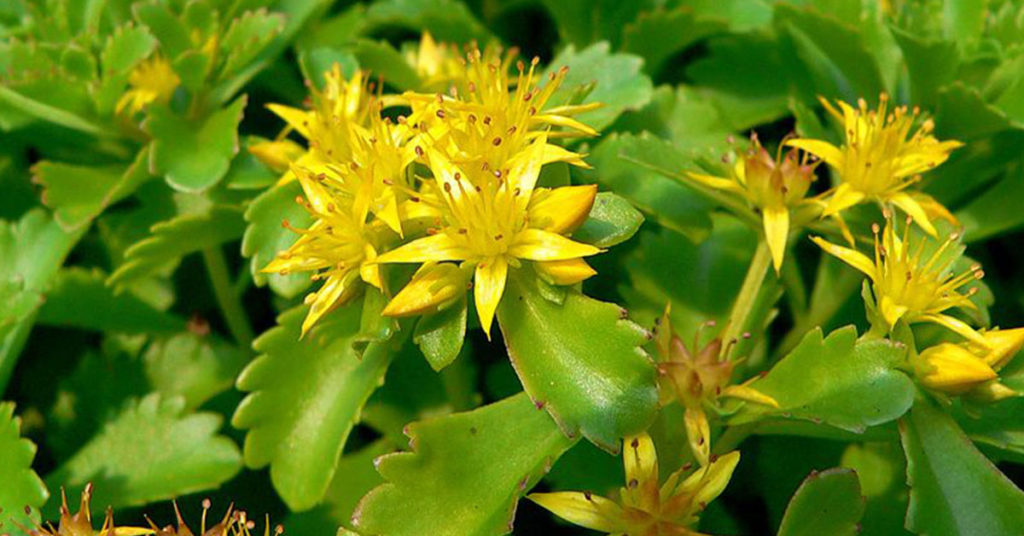
Sedum, also known as stonecrop, is a succulent that comes in many varieties, offering a range of colors and forms. These hardy plants thrive in dry, poor soil and full sun to partial shade. Sedums are perfect for rock gardens, borders, and containers, adding interest and texture with their fleshy leaves and clusters of star-shaped flowers.
One of my favorite things about sedum is its versatility and ease of care. Once established, it’s incredibly drought-tolerant and can even handle some neglect. Sedums are also excellent for attracting pollinators, making them a valuable addition to any garden focused on sustainability and biodiversity.
Russian Sage
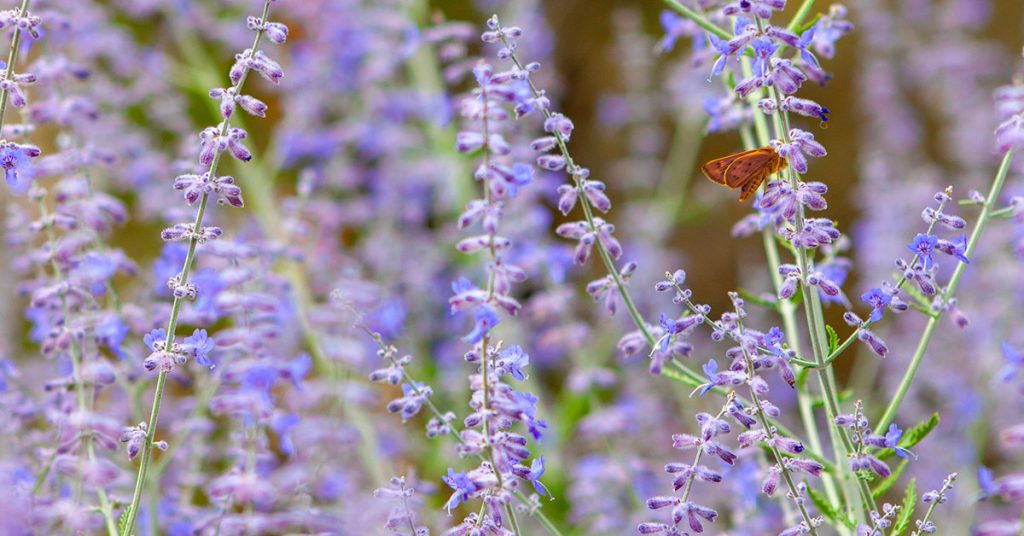
Russian sage is a tough, drought-tolerant perennial that produces spiky clusters of small, lavender-blue flowers on silvery stems. Blooming from mid-summer to fall, it thrives in full sun and well-drained soil, making it an excellent choice for dry, sunny spots in the garden.
I adore Russian sage for its airy, delicate appearance and its ability to thrive in less-than-ideal conditions. It’s perfect for adding height and movement to garden borders, and its fragrant foliage deters deer and other pests. This plant’s long blooming period ensures continuous color and interest throughout the season.
Yarrow
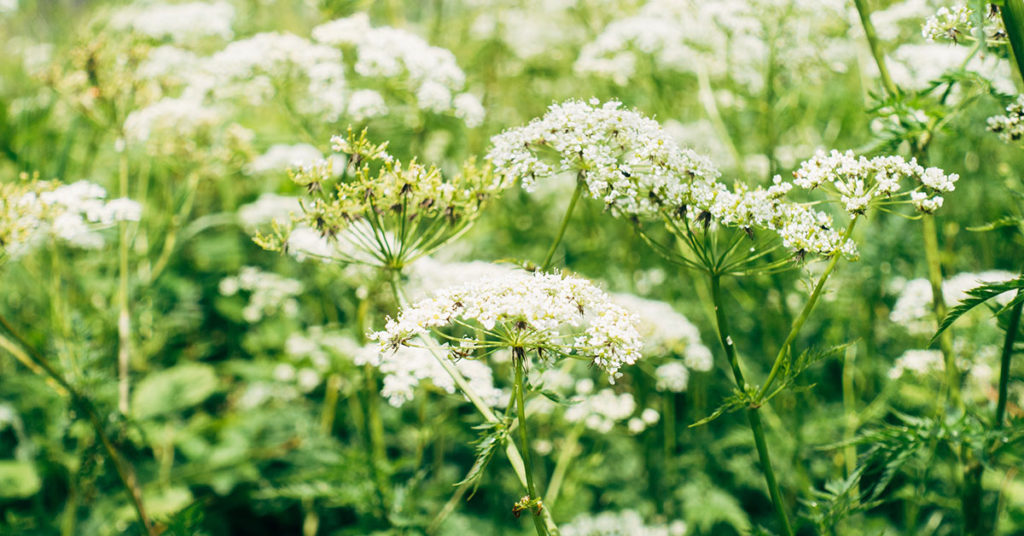
Yarrow is a resilient perennial known for its fern-like foliage and clusters of small, flat-topped flowers that come in a variety of colors, including yellow, pink, red, and white. This plant thrives in full sun and well-drained soil and is highly drought-tolerant once established.
I love planting yarrow for its bright, cheerful blooms and low-maintenance nature. It’s a fantastic choice for sunny borders and meadow gardens, and it’s excellent for attracting butterflies and other pollinators. Yarrow is also a great cut flower, adding long-lasting beauty to indoor arrangements.
Echinacea (Coneflower)
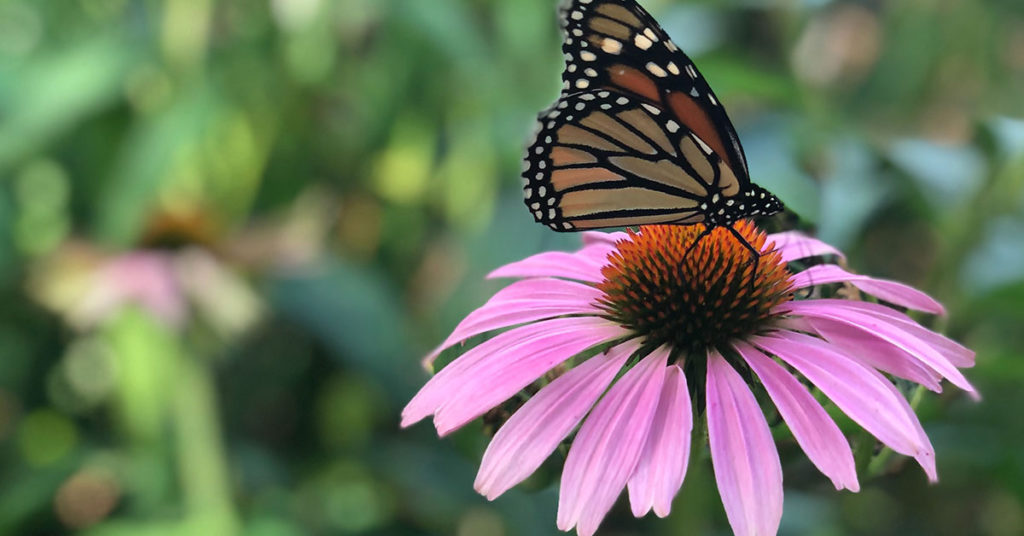
Echinacea, commonly known as coneflower, is a hardy perennial that produces large, daisy-like flowers with raised centers in shades of purple, pink, orange, and white. These plants thrive in full sun and well-drained soil, making them ideal for dry conditions.
One of my favorite aspects of coneflowers is their resilience and long blooming period, from summer to early fall. They’re perfect for adding color and structure to garden beds, and they’re highly attractive to butterflies and bees. Echinacea also has medicinal properties, making it a beneficial addition to any garden.
Agave
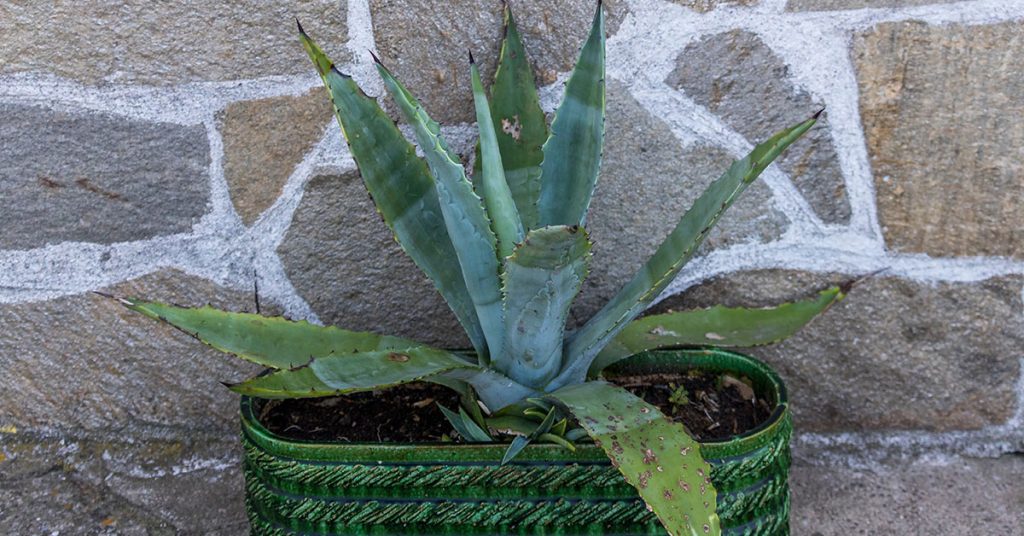
Agave is a striking succulent known for its rosettes of thick, fleshy leaves that can vary in color from blue-gray to green. These plants thrive in full sun and well-drained soil, and they are extremely drought-tolerant. Agaves are perfect for xeriscaping and adding a dramatic focal point to the garden.
I’m always amazed at how agave plants can transform a garden with their bold, architectural form. They require very little maintenance and are incredibly tough, making them a great choice for dry, arid climates. Agave is also versatile, fitting well into both modern and traditional garden designs.
Artemisia
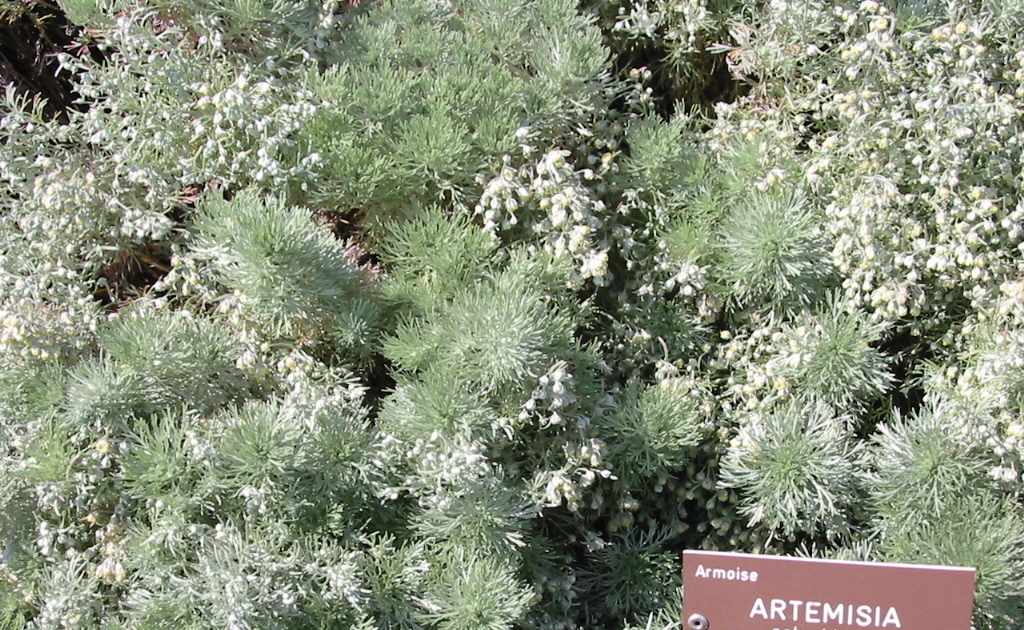
Artemisia, also known as wormwood, is a perennial known for its finely divided, silver-gray foliage and aromatic scent. This plant thrives in full sun and well-drained soil, making it highly drought-tolerant. Artemisia is perfect for adding texture and contrast to garden borders and beds.
I love using artemisia in my garden for its unique foliage and low-maintenance nature. It pairs beautifully with brightly colored flowers, providing a subtle backdrop that makes other plants pop. Artemisia’s drought tolerance and deer resistance make it an invaluable addition to any dry garden.
Blanket Flower (Gaillardia)
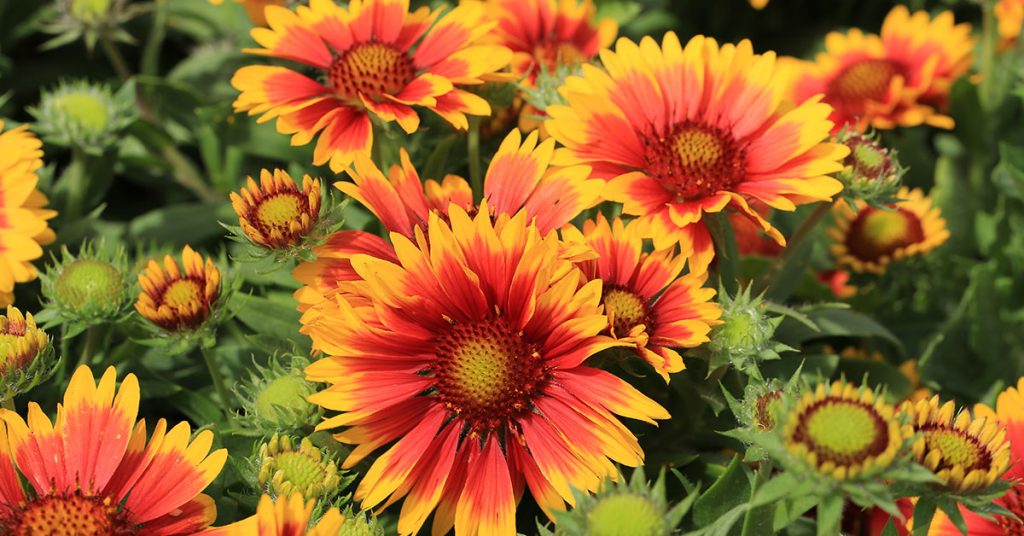
Blanket flower, or gaillardia, is a vibrant perennial that produces daisy-like flowers in warm shades of red, orange, and yellow. These plants thrive in full sun and well-drained soil and are highly drought-tolerant once established. Blanket flowers bloom profusely from early summer to fall.
I enjoy planting blanket flowers for their long-lasting blooms and ability to thrive in tough conditions. They’re perfect for sunny borders, rock gardens, and containers, adding a splash of color that attracts butterflies and bees. Their low maintenance needs make them a favorite for busy gardeners looking for reliable color all season long.
Lamb’s Ear
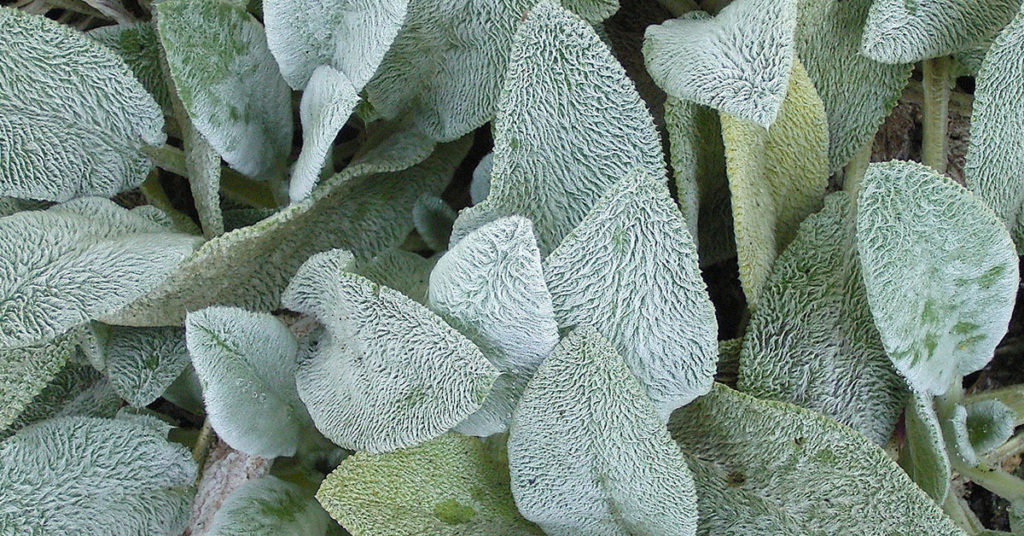
Lamb’s ear is a perennial known for its soft, velvety, silver-gray leaves that form a dense ground cover. This plant thrives in full sun to partial shade and well-drained soil, making it highly drought-tolerant. Lamb’s ear is perfect for borders, edging, and adding texture to the garden.
One of my favorite aspects of lamb’s ear is its tactile appeal. The fuzzy leaves are a delight to touch, and they provide a unique contrast to other garden plants. Lamb’s ear is also excellent for suppressing weeds, making it a practical and attractive addition to any dry garden area.
Butterfly Weed (Asclepias tuberosa)
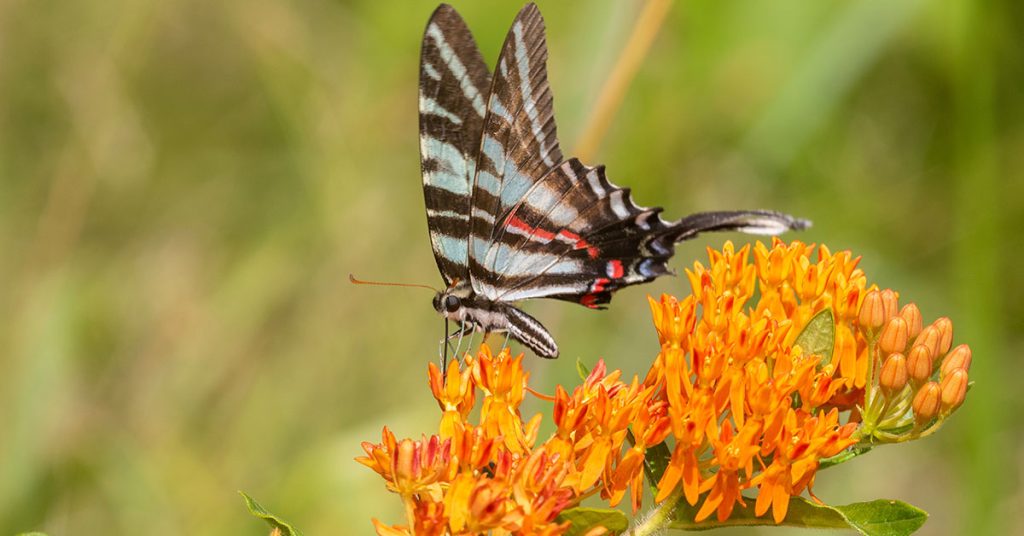
Butterfly weed is a perennial known for its bright orange flowers that attract butterflies, especially monarchs. This plant thrives in full sun and well-drained soil and is highly drought-tolerant once established. Butterfly weed blooms from late spring to early fall, providing a long season of color.
I love planting butterfly weed for its vibrant blooms and ecological benefits. It’s a critical host plant for monarch butterflies, supporting their lifecycle and migration. Butterfly weed is also low maintenance and deer-resistant, making it a valuable addition to any garden focused on sustainability and biodiversity.
Rosemary
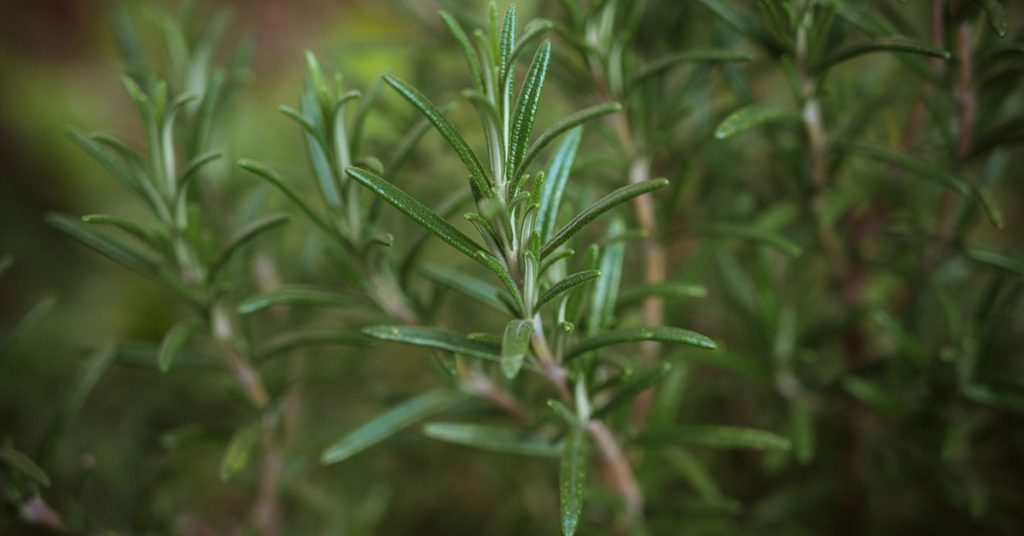
Rosemary is an aromatic evergreen shrub known for its needle-like leaves and small blue flowers. This Mediterranean herb thrives in full sun and well-drained soil and is highly drought-tolerant. Rosemary is perfect for herb gardens, borders, and containers, adding both culinary and ornamental value.
I enjoy growing rosemary for its versatility and ease of care. It’s a fantastic herb for cooking, adding flavor to a variety of dishes, and it also makes a beautiful and fragrant addition to the garden. Rosemary’s drought tolerance and resistance to pests make it an excellent choice for low-maintenance gardening.
Sage
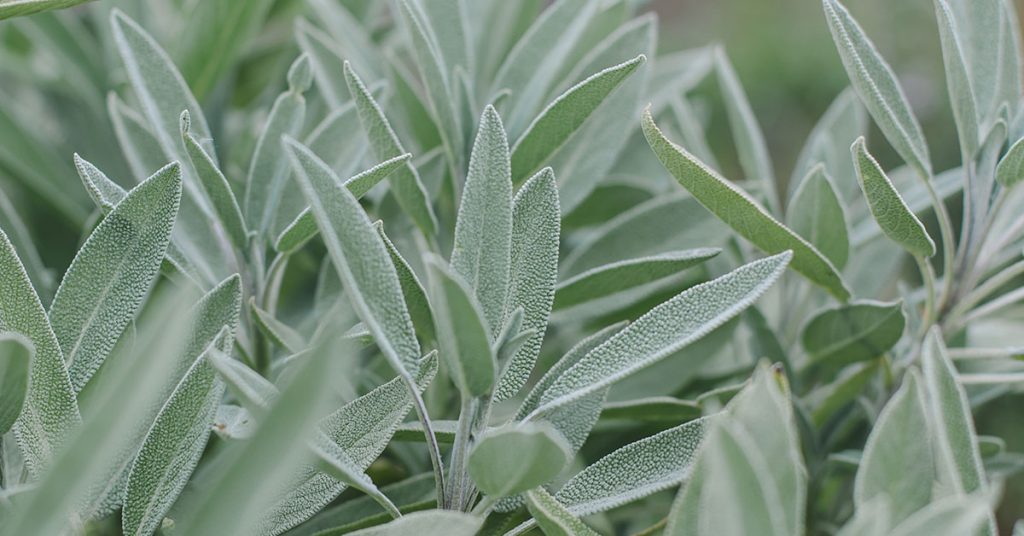
Sage is a hardy perennial herb known for its aromatic, gray-green leaves and spikes of purple flowers. This plant thrives in full sun and well-drained soil, making it highly drought-tolerant. Sage is perfect for herb gardens, borders, and adding texture and color to the landscape.
I love growing sage for its culinary uses and ornamental appeal. It’s a versatile herb that enhances the flavor of many dishes, and its flowers attract pollinators, adding life to the garden. Sage’s drought tolerance and low maintenance needs make it an excellent choice for gardeners looking to conserve water while still enjoying a beautiful and productive garden.




